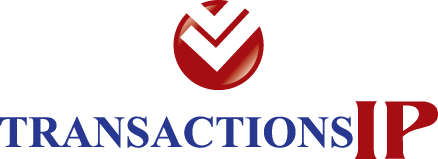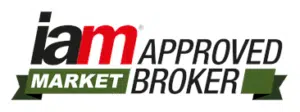Intellectual Property Brokers: What They Are
Let’s talk about something important – Patent Brokers. Imagine you own a precious patent. It’s worth a lot, but how can you profit from it?
A Patent Broker’s job is straightforward – buy, sell, and license intellectual property rights. They serve as middlemen who link sellers to would-be buyers or folks keen to get licenses. This way, they help get the most out of your intellectual property.
Their Offerings:
Market Analysis: Intellectual property brokers do deep dives into the market. They find prospective buyers or licensees for your idea. They look at market demand, study competitor actions, and spot likely licensing opportunities.
Valuation: Brokers help you understand what your idea is worth. They look at similar deals, how unique your idea is, and the income it could theoretically generate.
Negotiation: They find the right people and then negotiate to get you a good deal. This could involve deciding on sale prices, setting up royalty payments, or laying out licensing terms.
Transaction Oversight: Brokers take charge from the start of the conversation to the closing handshake. They ensure all is fair and the transaction proceeds without a hitch.
Confidentiality: Intellectual property brokers value secrecy. They diligently protect your rights and keep your confidential information under wraps during the entire process.
TransactionsIP: The Leading Intellectual Property Services Provider
TransactionsIP is a leading intellectual property consulting firm and broker, founded in 2015 by Richard Ehrlickman and Tom Major. We specialize in maximizing returns for individuals and businesses by leveraging patents and technology. Offering a full range of services, we represent both sellers and buyers in IP transactions while also providing strategy and valuation services. Our goal is to turn consulting projects into transactions, helping clients develop customized IP action plans for monetization. Services include IP strategy, asset identification and evaluation, and valuation for brokerage and licensing campaigns.
Conclusion
In conclusion, in the realm of intellectual property consulting firms and brokers serve vital roles. brokers facilitate transactions to maximize returns for creators. TransactionsIP, a leading player in this field, offers comprehensive services, bridging the gap between sellers and buyers. With our expertise in strategy, valuation, and transaction management, we ensure that intellectual property owners navigate the complex landscape effectively and profitably.

